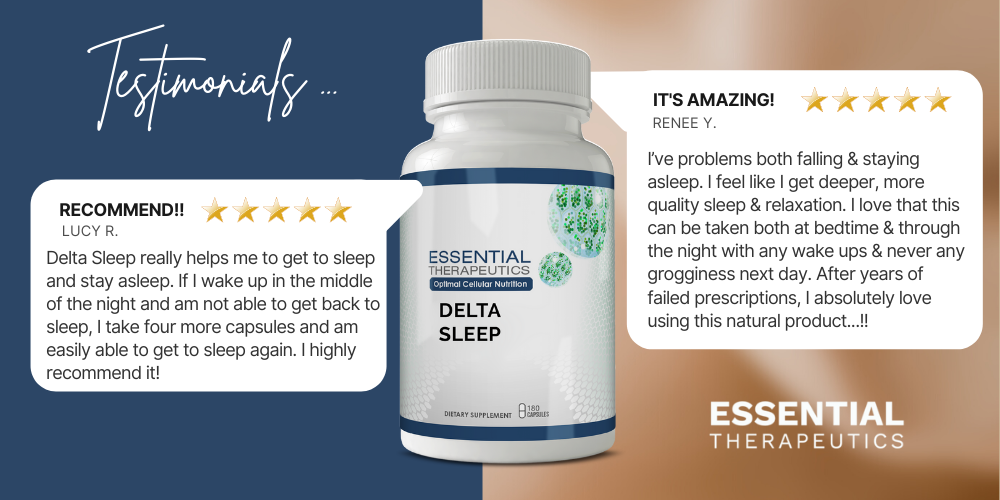Fibromyalgia and the Health Risks of Candida Overgrowth

The internet has a plethora of health-related websites and blogs that home in on some of the more popular conditions and attempt to explain them in their own terms. One of those conditions recently is anything to do with “Candida.”
Join me this Tuesday at 8 p.m. EST, 7 p.m. CST, 6 p.m., and 5 p.m. PST.
You can learn more or register for free for the free weekly teleconference at www.endfibronow.com
Important! The new call in number is 1-218-844-1930 and the access code is the same 986495
Unfortunately, “candida” has become too common of a term on these blogs. It has become a “catchall” to describe any sort of bowel irregularity or condition of the GI system that can’t be easily explained.
Candida is not the catchall, but it can cause bowel problems. I have treated fibromyalgia and CFS patients for over 20 years and test them all for Candida overgrowth because it is a very common problem… and very treatable.
Sometimes it can be a real game changer in beating the fatigue, chronic pain and brain fog associated with fibromyalgia and CFS/ME. While only a small minority of my patients have a yeast overgrowth problem, for those that do, finding and eliminating this health robbing condition is crucial. Most doctors don’t test for, many don’t even believe that yeast overgrowth even exists….sad but true. The key for reversing fibromyalgia is finding and fixing the causes, not merely covering up the symptoms with drug after drug.
As you’ll soon learn from this blog, yeast overgrowth can mimic or aggravate most every symptom (warning sign) associated with fibromyalgia and CFS/ME.
Below, we’ll look at what Candida overgrowth syndrome really is and what you can do about treatment.
Candida overgrowth is a part of a condition called dysbiosis. It’s an imbalance of microbes in the body, most of which are benign and beneficial to overall health. Unfortunately, however, an imbalance of these microbes can lead to too much bacteria and more serious health conditions like chronic fatigue syndrome, food sensitivities, inflammatory bowel disease, colitis, and more.
 Candida is the shortened form of the species “Candida albicans,” which is the most common yeast found throughout the GI tract in healthy amounts. It is actually a cornerstone to all systems in the body. It helps with digestion and the absorption of many nutrients. The healthy yeast keep the bad bacteria intact.
Candida is the shortened form of the species “Candida albicans,” which is the most common yeast found throughout the GI tract in healthy amounts. It is actually a cornerstone to all systems in the body. It helps with digestion and the absorption of many nutrients. The healthy yeast keep the bad bacteria intact.
The overgrowth and problems come when the system that carries the yeast is weakened in some way such as through poor diet, low iron, chronic illnesses, certain types of medications, and antibiotic use. When the system is weakened, there is a decrease in the good bacteria that protects our gut and there is an overgrowth of the more harmful bacteria.
Those who are more susceptible to getting Candida overgrowth include:
- Those with intestinal dysmotility or digestive problems.
- Those with an autoimmune disease.
- Those with fibromyalgia or chronic fatigue syndrome (or those with any illness that requires a lot of medications).
- Those who have chronic antibiotic use.
- Those with diabetes.
- Those with lower immune system function.
- Those taking oral contraceptives or estrogen replacements.
Recurrent yeast infections is a good example of Candida overgrowth. Chronic low-grade overgrowths aren’t as well documented, however, nor are they easily detected. Gone untreated, this can lead to leaky gut syndrome (permeability of the lining in the gut).
Symptoms can be straightforward or somewhat far-reaching since Candida yeast affects the whole body. They include symptoms such as:
- Diarrhea
- Constipation
- Irritable bowel
- Bloating/gas
- Indigestion
- Abdominal pain
- Rash
- Bladder spasms
- Ear and sinus infections
- Depression and/or anxiety
- Asthma
- Fatigue
- Mental confusion
- Allergies
- Weakened immunity
- Chemical sensitivity
- Hyperactivity
- Adrenal fatigue
- Thyroid disorder
If you think you may have overgrowth, talk to your functional medicine practitioner about getting for a yeast overgrowth issue.
These tests include, blood and stool testing or combination of both.
 Once you’ve been tested and have a confirmed diagnosis, then you can start making changes to clear the unhealthy yeast from your system. You start this process by changing parts of your diet. I talk extensively about the Candida diet in my book, Treating and Beating Fibromyalgia and Chronic Fatigue Syndrome, but in general it involves eliminating all the foods that nourish yeast for three months in stages. This includes removing sugar, fruits, alcohol, mold or yeast-containing foods (i.e. peanuts, vinegar, relishes, green olives), dried fruits (i.e. raisins, dates, prunes), milk and dairy, and vitamin and mineral products that are made with yeast.
Once you’ve been tested and have a confirmed diagnosis, then you can start making changes to clear the unhealthy yeast from your system. You start this process by changing parts of your diet. I talk extensively about the Candida diet in my book, Treating and Beating Fibromyalgia and Chronic Fatigue Syndrome, but in general it involves eliminating all the foods that nourish yeast for three months in stages. This includes removing sugar, fruits, alcohol, mold or yeast-containing foods (i.e. peanuts, vinegar, relishes, green olives), dried fruits (i.e. raisins, dates, prunes), milk and dairy, and vitamin and mineral products that are made with yeast.
So what can you eat on the Candida diet?
- All vegetables
- All meats, poultry, and seafood
- Walnuts, cashews, almonds, and pumpkin seeds (in limited amounts)
- Nonhydrogenated oils like EVOO
- Butter (not margarine)
- Old-fashioned oatmeal
- Artificial sweeteners like Truvia or Splenda
After two weeks of eating only the above, then you can start working in some fruits like pears and apples and watch for any signs of change in how you feel. If there’s no reaction, start challenging all types of berries and look for any reaction at all including fatigue, depression, bowel movement problems, stomach upset, etc. Write them down so you don’t forget! After three months, then you can start introducing the “forbidden foods” a little at a time.
It is also important to improve your digestion with a high-fiber diet and taking in enough acidic foods to keep the Candida at a normal level (it cannot survive in acidic environments). This is why those on acid-lowering medications for reflux and indigestion are more susceptible to overgrowth.
Finally, add a probiotic to improve gut health. If you are still having issues, then you may want to contact your doctor about a prescription medication. Please don’t make that your first choice, though! Medications are one of the primary causes of overgrowth.
If you have any questions regarding this post, or any others on my site, I host a FREE call-in conference each week, where I will answer one-on-one questions for people who are looking for alternative treatment methods or have any questions about my posts and recommendations. Join me this Tuesday at 8 p.m. EST, 7 p.m. CST, 6 p.m., and 5 p.m. PST.
You can learn more or register for free for the free weekly teleconference at www.endfibronow.com
I look forward to answering any questions you may have.





Are you still doing the conferences for fibromyalgia ?
Wednesday Nights, LIVE on Facebook in the New Your Fibro Doctor Group! Join us! https://www.facebook.com/groups/yourfibrodoctor/